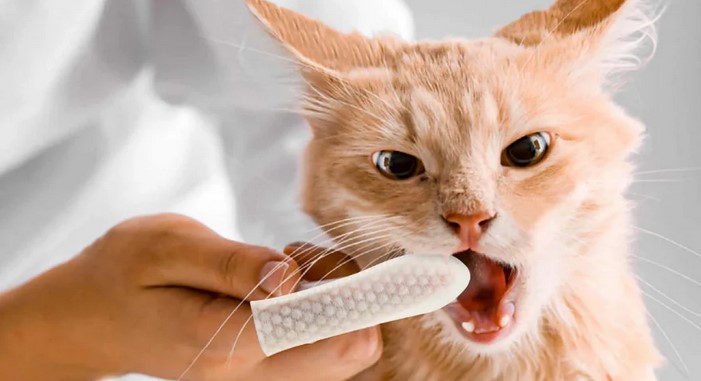
In today’s fast-paced world, where every moment is filled with distractions, finding moments of peace and mindfulness is more crucial than ever. While practices like meditation and yoga often take the spotlight for promoting mental and physical well-being, there is another practice that is simple yet incredibly powerful—Mindful Walking Practice. This practice involves engaging in walking with full awareness of the present moment, using the act of walking to connect with your body, environment, and mind. Unlike regular walking, mindful walking encourages you to slow down, observe your surroundings, and focus on your breath, offering numerous physical, mental, and emotional benefits. In this article, we will explore the concept of mindful walking, how to incorporate it into your daily routine, and the positive impact it can have on your overall health.
What is Mindful Walking?
Mindful walking is a form of walking meditation where the individual is present in the moment, paying attention to each step, the rhythm of their breath, and the sensations in their body. It is an easy and accessible way to integrate mindfulness into your day, particularly for those who may find sitting meditation challenging. By combining the benefits of physical movement with mental clarity, mindful walking encourages a holistic approach to self-care.
The Basics of Mindful Walking
To practice mindful walking, start by finding a quiet space, whether it’s a park, a quiet street, or a natural setting where you can focus without distraction. As you begin walking, take slow, deliberate steps, paying attention to the sensation of your feet lifting and touching the ground. With each step, bring your awareness to how your body feels, how your muscles move, and how your breath flows in and out.
You can further enhance the mindfulness of your walk by consciously focusing on the sounds around you, the sight of the sky or trees, and even the smells in the air. The goal is to engage fully with the present moment, clearing your mind of past or future concerns. Mindful walking can be done for as little as 10 minutes, but it can also be extended for longer sessions depending on your personal preference. The key is to maintain the focus and awareness throughout the walk.
Health Benefits of Mindful Walking
1. Physical Health Improvement
One of the most immediate benefits of mindful walking is improved physical health. Although the activity itself is low-impact, it provides a gentle form of exercise that can benefit cardiovascular health, improve circulation, and enhance flexibility. By focusing on the movement of your body and paying attention to your posture, mindful walking encourages proper alignment, which helps reduce tension and strain on your joints and muscles.
Regular mindful walking has also been shown to lower blood pressure and support weight management by increasing the number of calories burned. Moreover, it can be particularly beneficial for people who experience chronic pain or stiffness, as it promotes a gentle release of tension and encourages a fluid movement that supports the body’s natural rhythms.
2. Mental Clarity and Stress Reduction
Mindful walking is known for its profound effects on mental health. By focusing on your breath and each step, you are able to quiet the mental chatter that often leads to stress and anxiety. The repetitive nature of walking, combined with mindful awareness, helps break the cycle of overthinking and worry, allowing you to stay rooted in the present moment.
Studies have shown that walking, particularly mindful walking, reduces the production of cortisol, the stress hormone, and enhances the production of endorphins, which are natural mood boosters. Additionally, mindful walking has been linked to reduced symptoms of depression and anxiety, promoting emotional well-being and resilience.
3. Enhanced Mind-Body Connection
The benefits of mindful walking extend beyond just physical and mental health. One of the more profound effects of this practice is the strengthening of the mind-body connection. By walking with awareness, you begin to notice the subtle cues your body is giving you, from areas of tension to sensations of relaxation and ease. This increased body awareness helps you better understand your physical needs, encouraging you to take better care of yourself in all areas of life.
Practicing mindful walking can also encourage mindfulness in other aspects of your life. As you become more present and aware during your walks, you may start to notice more mindfulness in everyday activities, such as eating, working, or engaging in conversations with others. This expanded awareness can help foster a more balanced and fulfilling life.
How to Integrate Mindful Walking Into Your Routine
1. Start Small
If you are new to mindful walking, begin with short sessions. Even just five to ten minutes a day can have a significant impact. The key is to start with manageable goals and gradually build up your practice over time. You might begin by incorporating a mindful walk into your lunch break or taking a short walk after dinner.
2. Set an Intention
Before starting your walk, take a moment to set an intention for your practice. It could be something as simple as focusing on your breath, cultivating gratitude, or releasing stress. Having a clear intention can guide your walk and help you stay present.
3. Find a Suitable Environment
While you can practice mindful walking anywhere, it’s beneficial to find an environment that enhances your experience. A quiet park, a nature trail, or a calm street with minimal distractions can help you feel more at ease and focused.
4. Combine with Breathing Exercises
You can deepen your mindful walking experience by integrating breathing exercises. For example, try coordinating your steps with your breath, such as inhaling for three steps and exhaling for three steps. This rhythmic breathing can further deepen your state of mindfulness and relaxation.
Incorporating a Mindful Walking Practice into your daily routine can have a transformative effect on your physical health, mental well-being, and overall life satisfaction. Whether you are walking in a park or around your neighborhood, mindful walking encourages you to slow down, connect with your surroundings, and embrace the present moment. This simple yet powerful practice can help reduce stress, improve posture, enhance physical health, and cultivate a greater sense of peace and balance in your life. By taking the time to walk with intention, you take a step towards improving your health—both physically and mentally—one mindful step at a time.







 As pet owners, one of the most important responsibilities we have is ensuring the health and happiness of our feline companions. Cats, though independent and often low-maintenance, still require consistent care to thrive both physically and emotionally. Whether you’re a new cat owner or have had several cats throughout your life, understanding the core aspects of feline health is crucial. This Cat Wellness Guide will provide you with essential tips and practices to ensure your cat lives a long, healthy, and joyful life.
As pet owners, one of the most important responsibilities we have is ensuring the health and happiness of our feline companions. Cats, though independent and often low-maintenance, still require consistent care to thrive both physically and emotionally. Whether you’re a new cat owner or have had several cats throughout your life, understanding the core aspects of feline health is crucial. This Cat Wellness Guide will provide you with essential tips and practices to ensure your cat lives a long, healthy, and joyful life.